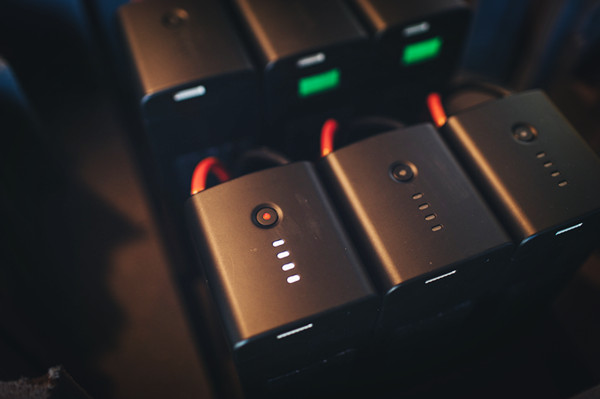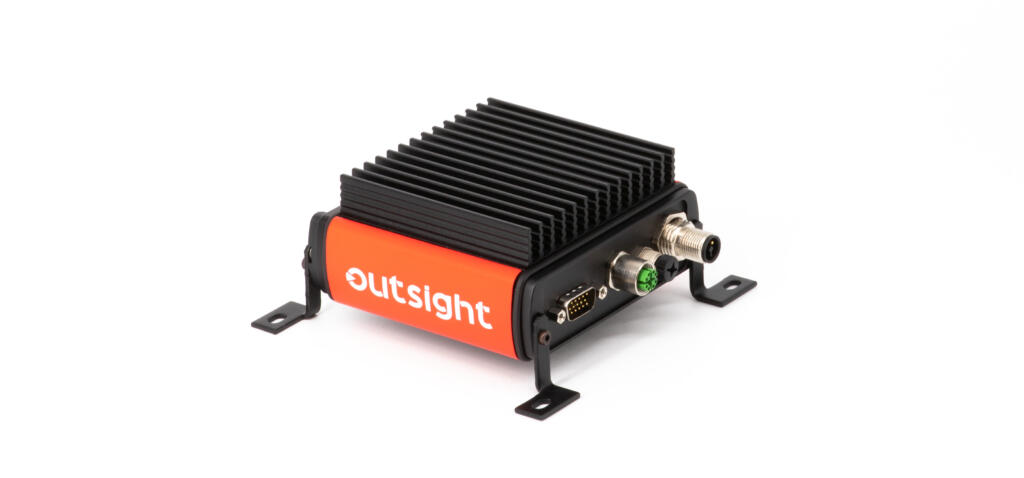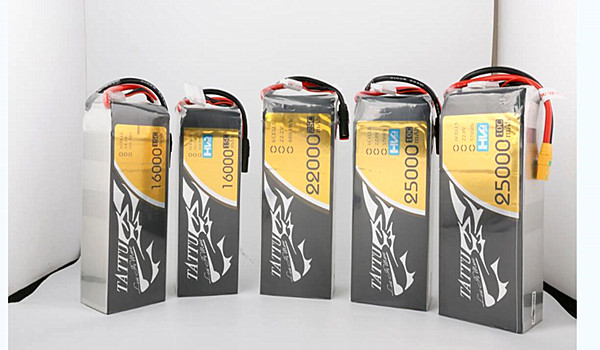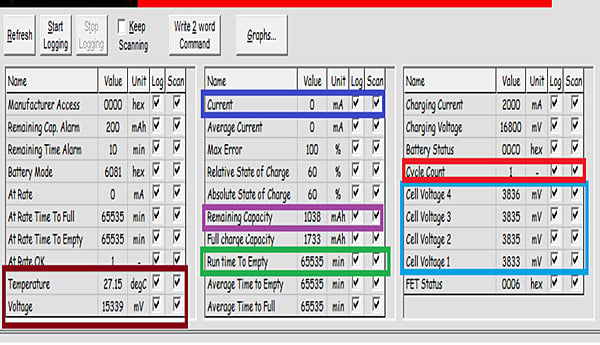Standard or Smart? How to choose the right LiPo battery for your UAV

Unmanned and self-operating vehicles – such as drones and mobile robots and – are powered by Lithium-ion Polymer (LiPo) batteries. Larger vehicle platforms can be powered by an ICE (Internal Combustion Engine), typically paired with a lead-acid battery.
LiPo batteries are available in standard and smart versions, and this article will take a dive into the basics of each, providing a guide to which type would be the best fit for your UAV.
Standard LiPo batteries
Lithium Polymer batteries are generally made with battery stacking technology, allowing a high equilibrium of contact between the anode and cathode. The nominal voltage of each standard battery cell is 3.7V while the fully charged voltage is 4.2V.
High voltage batteries offer a greater and higher volumetric energy density by increasing the nominal voltage up from 3.7V to a range of 3.8 to 3.9V per cell.
LiPo batteries are a popular choice for unmanned systems for a number of reasons. The main one is that the cells are packaged in thin, flexible aluminium sheets, resulting in a lightweight product. They can also be customised in accordance with the capacity, shape, and size of your device.
Smart LiPo batteries with BMS
The demand for larger drones with higher payload capacities has led to the production of hard-shelled batteries. These Hardcase batteries are particularly helpful due to their BMS (Battery Management System) and exterior protections. Gens Tattu’s 12S 44.4V IP, for example, is rated at 53, with their other Hardcase products rated at 50.
Gens Tattu smart batteries carry a BMS that is able to detect its status in real-time, with a red or white indicator light warning the user of over-voltage, overcurrent, overheating and other issues critical to the health and safety of your equipment.
Gens Tatu smart LiPO battery features
Smart power indication
The BMS has four LED indicators that automatically identify the status and indicate the power when discharged or charged.
Battery life indication
In the battery off state, the power indicator shows the battery life description. The core can be used up to 500 times by default, and the LED light indicated by the battery counts the number of times the core has been used, indicating that battery life is still available.
Charging smart alarm
During the charging process, the battery detects the status in real-time, providing alerts in cases of charge overvoltage, overcurrent and overtemperature.
Low pressure or pressure differential alarm
When the smart flight battery is discharged, the BMS will flash the alarm if a low voltage (less than 3.3V) or a single cell core voltage difference greater than 50mV is detected.
Full power storage function
If a standard battery is not used for some time, it can start to consume itself. The BMS of a smart flight battery, however, automatically activates the intelligent storage function, discharging to the storage voltage, thereby protecting the health and safety of the battery.
Smart sleep function
When the smart battery is not in use, it will save power by entering hibernation mode. If the user forgets to replenish the battery when the single voltage is less than 3.58V, it will enter deep energy-saving mode, ensuring that the battery is safely stored.
Data communication
Gens Tattu smart batteries have I2C communication to obtain real-time battery information, such as current-voltage, current, battery usage, etc. which can also be integrated with flight control.
Battery logging
Special logging capabilities can record data for the entire life of the battery. The log information contains the single voltage, current, battery temperature, number of cycles, number of abnormal states, etc.
Self-heating
While the battery is in use, the BMS automatically monitors the ambient temperature. When the ambient flight temperature is lower than the battery’s own discharge temperature, its interior automatically generates heat to bring the battery temperature to the flight temperature, helping to maintain the normal flight of the drone.










